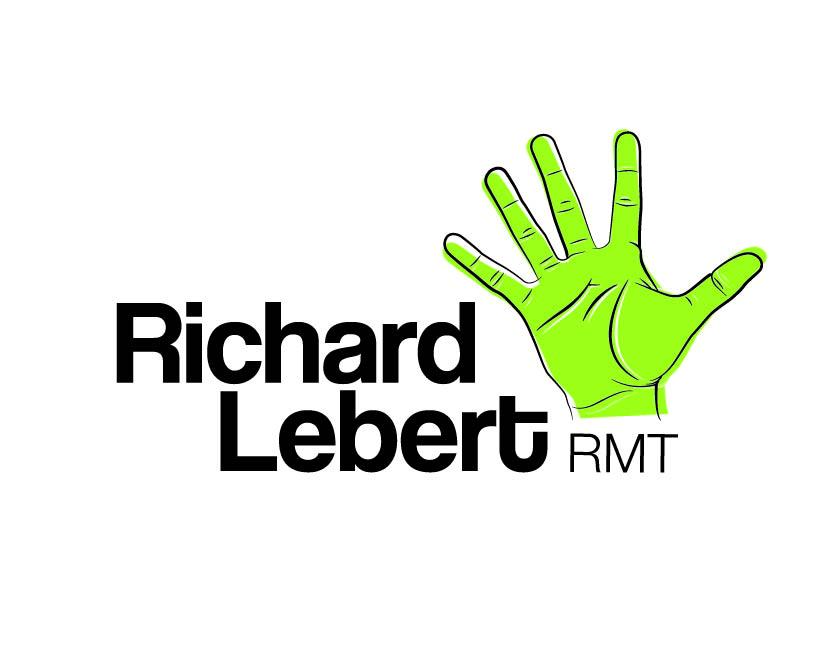Thoughts on Cupping
/In the Rio Olympics, American athletes were sporting cupping marks and this sparked a media frenzy. Some of the articles had a positive spin and some of the articles had a negative spin. One of the main arguments against cupping was that cupping lacks scientific evidence. Here is a suggestion for the pragmatic clinician, rather than writing it off completely, a more rational response would be to put treatments in perspective without actually dismissing them, and discuss a hypothesis that is inline with the current scientific understanding of how the body works.
Read More





